Blink Camera Not Detecting Motion: Full Troubleshooting Guide
Motion detection is one of the most important features in a smart camera. When this feature encounters issues, it could potentially compromise the effectiveness of the entire home security system.
While Blink cameras are known for their robust motion detection capabilities, they are not immune to occasional bugs. And there could be several reasons.
So, why is your Blink camera not detecting motion?
Common Issues With the Motion Detection Feature
Motion detection is a crucial aspect of any security camera, including Blink cameras. Here are some common issues users may encounter when their Blink camera is not detecting motion as it should:
-
False Alarms: The camera may trigger motion alerts for non-movement events like changing light conditions, shadows, or even insects.
-
Limited Detection Range: Blink cameras have a specified motion detection range, and sometimes the subject may be out of this range.
-
Incorrect Settings: Incorrect camera settings or activity zones can cause missed motion events.
-
Firmware and App Updates: Outdated firmware or app versions may lead to motion detection problems.
-
Network Connectivity: A poor Wi-Fi signal or network issues can hinder motion detection and real-time alerts.
-
Camera Placement and Angle: The camera's position and angle can affect its ability to detect motion effectively.
-
Inadequate Lighting: Low-light conditions or direct sunlight can impact motion detection.
Troubleshooting Your Blink Camera's Motion Detection Feature
From placement issues to incorrect settings, there are several possible reasons why your Blink camera is not detecting motion. Here are some troubleshooting tips:
Check Camera Placement and Angle
Incorrect positioning can lead to the camera not detecting motion as intended. Check that it's mounted securely and there's nothing blocking its view. Make sure it's pointed at the right spot and not too high or low. Also, think about the surroundings – too much sunlight or moving tree branches can mess with the camera.
Consider the height of the camera too. Put it at a level that makes sense for what you want to see; having it too high or low can mess up motion detection. Additionally, be mindful of potential obstructions, such as walls or large objects, that might block the camera's view.

Play around with different angles to find the sweet spot. You can also use adjustable mounts to improve viewing angles.
Arm Your Blink Camera
One of the most common reasons for Blink camera motion detection issues is leaving it disarmed. By default, a Blink camera device is set to "Disarmed", which means it is in inactive mode and is not recording motion. Arming your camera activates its motion detection system and event recording feature.
Do note that even if you've enabled motion detection in your Blink camera settings, it will not detect motion unless it's armed. To arm your Blink camera, follow these simple steps within your Blink app:

-
Open the camera view.
-
At the bottom, find the toggle switch between disarmed and armed.
-
Move the switch from disarmed to armed to activate motion detection.
If the running man icon next to your camera view is grey, it means motion detection is off for that view.
Change Activity Zones
Blink cameras provide the option to define activity zones, allowing users to exclude specific areas from motion detection. Objects like swaying tree branches or frequently moving bushes can trigger false alarms. If your Blink camera is not detecting motion, check in the Blink app if there are activity zones set incorrectly. To do this:

-
Open the Blink app and navigate to settings > activity zones.
-
Review the existing activity zones to ensure they align with your monitoring needs. If you suspect incorrect zones might be causing the issue, consider resetting them.
-
To reset activity zones, tap on the "Reset Zones" option within the app.
After resetting the zones, monitor the camera to see if the motion detection issue is resolved. Adjust the zones as needed to cover the desired areas without triggering false alarms. Proper configuration of activity zones is crucial for accurate motion detection, so take the time to customize them according to your specific requirements.
Verify Camera Firmware and Blink App Updates

Keeping your Blink camera running smoothly involves regular updates for both its software and firmware. However, sometimes these updates can reset device permissions, causing certain camera functionalities to be turned off. To ensure your camera works as intended, permissions must be turned on.
If you discover that these permissions are turned off, manually switch them back on using the Blink app. Open the app, find the specific permissions or functionalities, and activate them to restore normal camera operation.
Remember, after making these changes, be sure to save them manually. The system doesn't save adjustments automatically, so saving your modifications ensures that your preferences are applied. Stay updated and keep an eye on these settings to make the most out of your Blink camera.
Troubleshoot Network Connectivity

Making sure your Blink camera stays connected smoothly relies on having a solid Wi-Fi connection. Blink cameras need a strong Wi-Fi signal, ideally at least 3 bars. If your Blink camera fails to connect to a stable network, it might affect motion detection and disrupt the live view feature.
To fix this, try moving your camera closer to the Wi-Fi router. Alternatively, consider a Wi-Fi mesh system if you have multiple cameras in your home. This ensures each device in your Blink camera system receives a strong Wi-Fi signal.
Another factor to consider is the frequency band of your Wi-Fi signal. Blink cameras use a 2.4 GHz frequency as it's better for covering larger distances. They won't work with a 5 GHz network connection.
Check Motion Detection Settings
If you're having trouble with your camera's motion detection feature, the first thing you can do is check its motion detection setting. If it has been disabled, go to Camera Settings, find Motion Detection, and toggle Enable.

You can also adjust the sensitivity of the motion detection sensor to avoid unnecessary alarms triggered by animals or random objects within the camera's field of view. Simply slide the sensitivity anywhere between 1 (low) to 9 (high). Be cautious not to set it too low, as this might affect the motion sensor's performance.
For instance, for outdoor cameras in low-activity areas like garages, it's a good idea to increase the sensitivity. This ensures the camera can catch any relevant motion in areas where activity might be minimal. Just tweak these motion settings to suit your camera's placement, and you'll be all set.
Check for Infrared Issues
Blink cameras use Passive Infrared (PIR) sensors for night vision. PIR detects motion by sensing the heat emitted by objects like humans, animals, or cars. However, this technology has its limitations.
PIR doesn't work well through glass, so don't put your camera behind a window – it won't pick up movement on the other side.

If you're thinking of putting a camera inside and pointing it out through a window, especially with an indoor or a Blink mini camera, it's not a good idea. It might mess with the camera output, showing black and white images. For better outdoor motion detection, place the Blink camera outside your house.
Avoid placing the camera facing the sun; tilt it a bit to avoid too much sunlight entering its sensor. PIR-based cameras detect motion better from the sides than straight toward the camera. For effective detection, consider mounting the camera to the side rather than directly above a door, especially when monitoring someone approaching the front door of your house.
Use Floodlights

Consider incorporating Blink floodlights into your setup. Floodlights can significantly enhance the effectiveness of your Blink camera's motion detection, especially in low-light conditions. The additional illumination not only improves visibility but also ensures that the camera can accurately capture motion events in various lighting environments. By using floodlights strategically, you create a well-lit area that complements your Blink camera, providing a comprehensive solution for reliable motion detection day and night.
Clean the Camera Lens
A dirty or smudged lens can obstruct the camera's vision and impact its ability to detect motion accurately. Follow these steps to clean the camera lens:
-
Turn Off the Camera: Before cleaning the lens, make sure to turn off your Blink camera to avoid any accidental triggers or disturbances.
-
Use a Microfiber Cloth: Gently wipe the camera lens with a clean microfiber cloth. Microfiber is ideal for this task as it won't scratch the lens and helps remove fingerprints, dust, or other particles.
-
Avoid Abrasive Materials: Do not use abrasive materials or harsh cleaning solutions, as they can damage the lens coating or leave scratches.
-
Check for Smudges: Pay special attention to any smudges or fingerprints on the lens. Clearing these will ensure the camera has a clean and unobstructed view.
-
Inspect Surrounding Area: While cleaning the lens, also inspect the surrounding area for any dirt or debris that might be affecting motion detection.
-
Reposition the Camera if Necessary: If the camera is placed in an area prone to dust or debris, consider repositioning it to minimize the likelihood of the lens getting dirty quickly.
Find the Ideal Motion Detection Range of Your Blink Camera
Generally, Blink Cameras are designed with a maximum detection range of 20 feet. The optimal range for motion detection, where the camera performs best, is typically between 5 and 20 feet (1.5 to 6 meters) from the camera.
If motion occurs extremely close to the camera, it might not detect or record that specific event. To maximize the camera's effectiveness, ensure that the motion you want to monitor falls within the recommended range of 5 to 20 feet.
Reset the Camera and Sync Module
If you've tried everything else and still having trouble with your Blink camera not detecting motion, try to reset the Blink camera and the Blink sync module. Just be aware that doing so means you'll have to set up your camera system again from the beginning.

To reset your Blink camera, locate the reset button on the device. For Blink mini, it's on the camera's underside, and for Blink outdoor, indoor, XT2, and XT, you'll find it on the backside. Hold down the reset button for about 5 seconds until you see the red and blue lights start flashing on your camera. This means that the reset is done. After this, you'll need to reconnect your camera to your home system.
Contact Blink Support
If you've exhausted troubleshooting options and your Blink camera is still not detecting motion, contact Blink Support. Be sure to provide detailed information about the issue you're facing, steps you've already taken to troubleshoot, and any error messages you may have encountered. This will help the support team understand your situation better and provide more effective assistance.
FAQ
How far away will Blink camera detect motion?
Blink cameras have a maximum detection range of 20 feet. For optimal results, keep motion within 5 to 20 feet from the camera.
How do I make my Blink camera more sensitive?
Adjust sensitivity in Camera Settings > Motion Detection. Increase sensitivity from low (1) to high (9) to make the camera more responsive to motion.
Can a Blink camera detect motion through a window?
No, Blink cameras use Passive Infrared (PIR) technology, which doesn't work through glass. To monitor outdoor motion through windows, use an outdoor camera placed outside.
Does Blink make a sound when motion is detected?
No, Blink cameras do not produce sound alerts when detecting motion. They primarily rely on visual alerts and notifications through the Blink app.


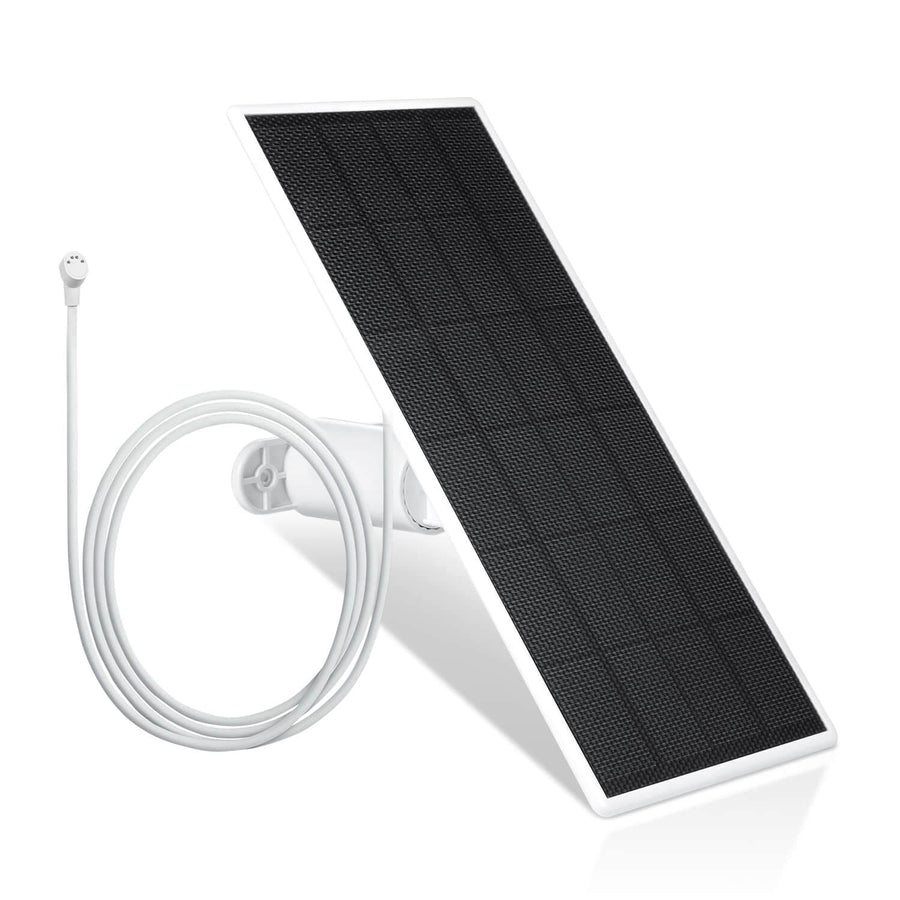
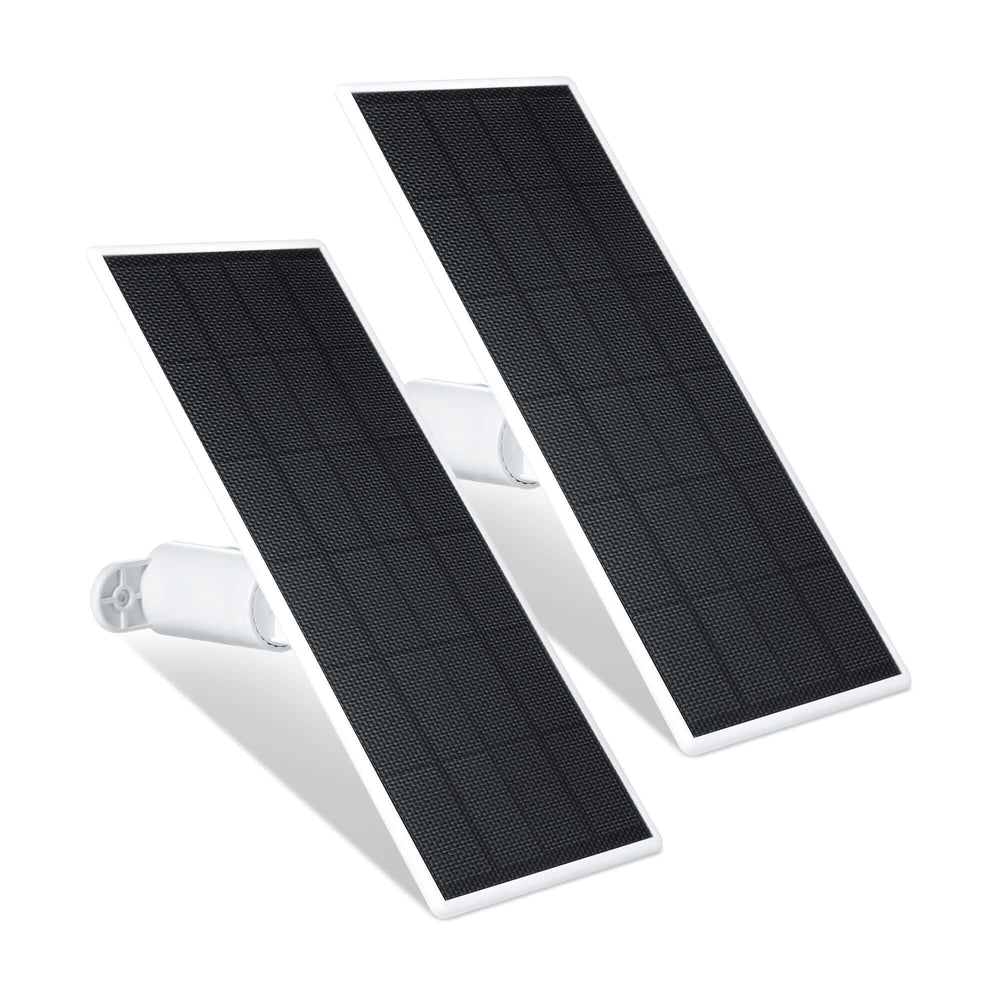
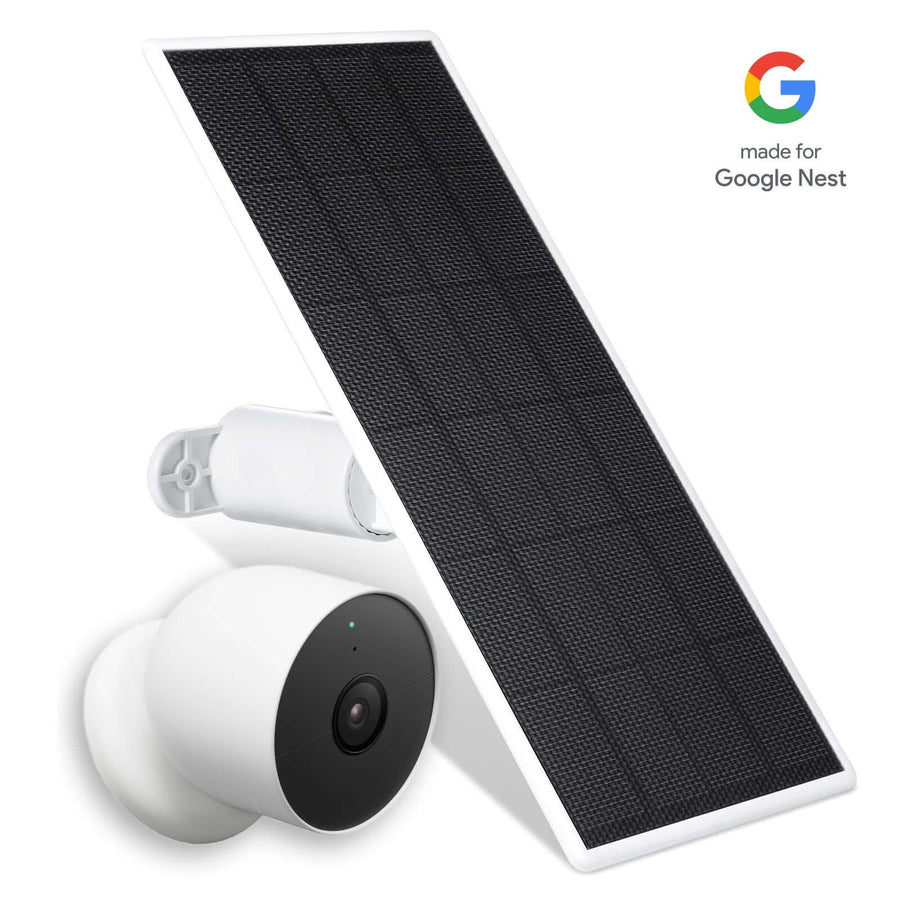
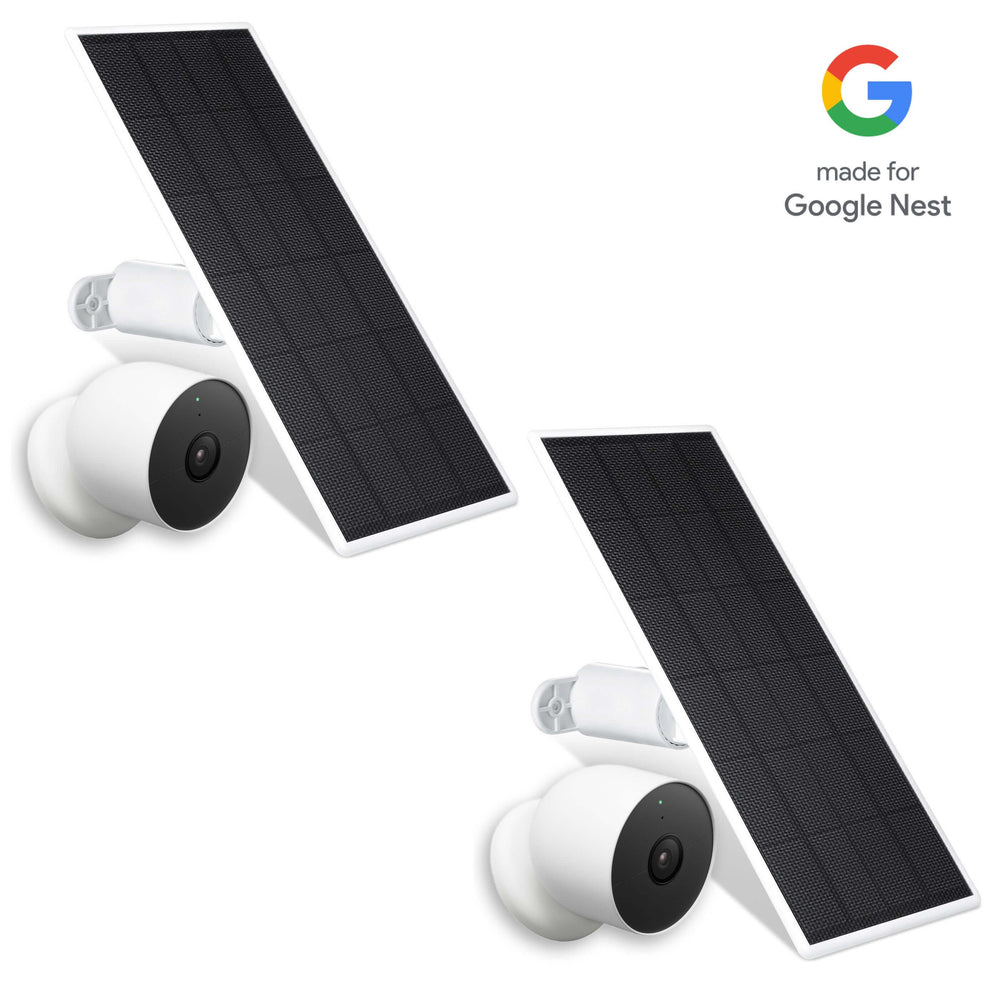
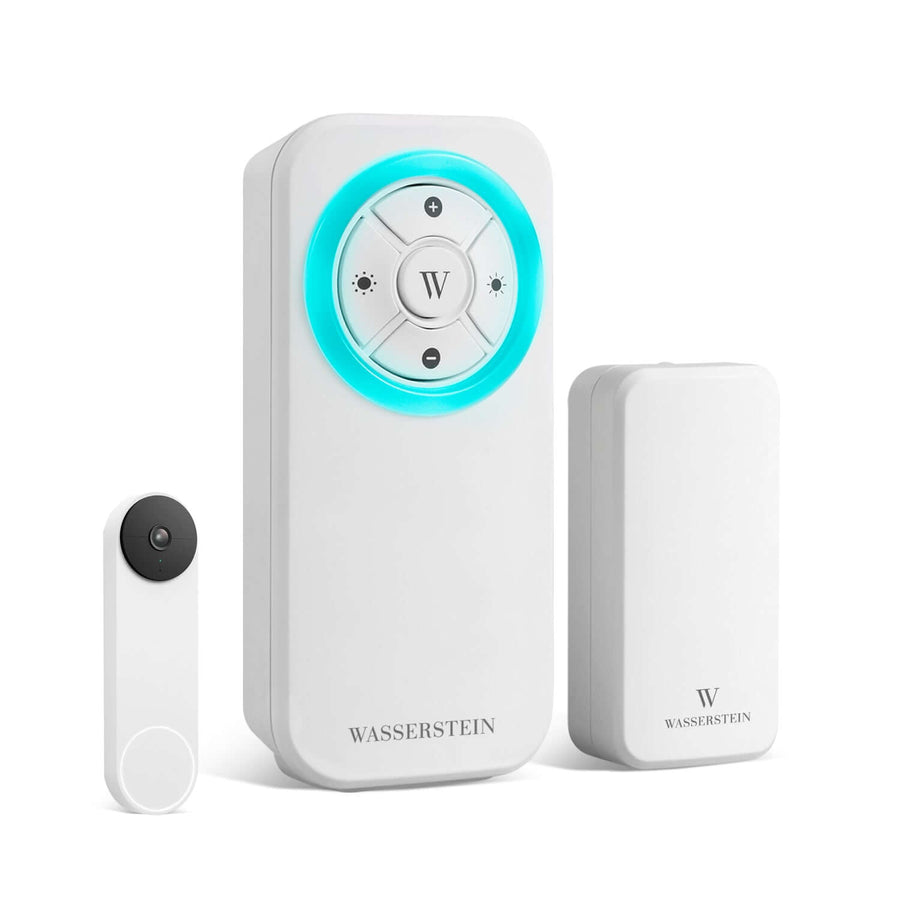

Leave a comment